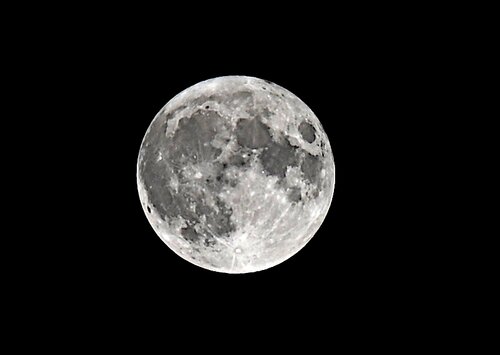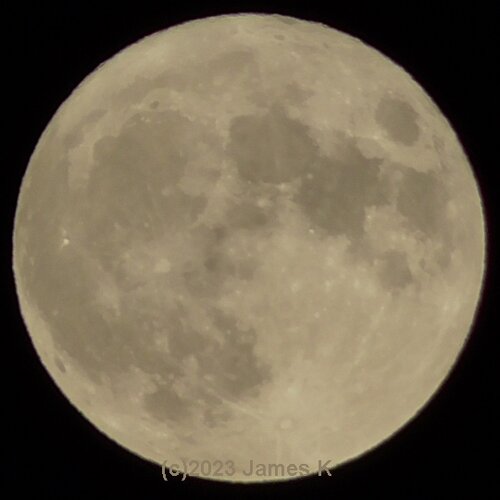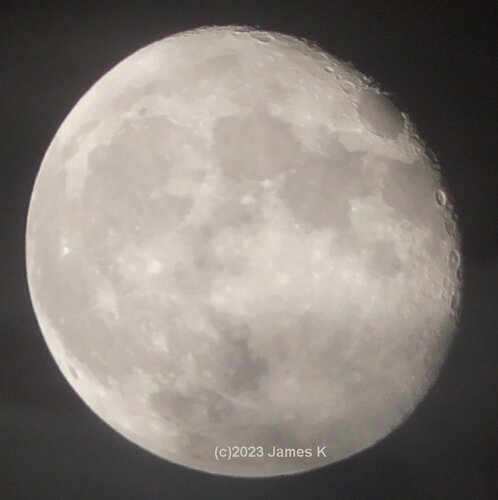gdlewen
EF4
I recently decided to try using my Nikon Z6 for night sky photography. I took this picture during testing and know it can be better--I've done some reading on-line and would change the ISO setting to something lower, for instance. Given the range of interests and experience on the ST Forum, I am pretty sure I can get some help. This picture was taken with the following settings:

Comparison photos to this kind of view using similar exposure parameters will be helpful. (Yes, please make me feel inadequate--it's the only way I will learn. I'm sure I can do better.)
I'm sure I can do better.)
- ISO 51200 AUTO (...heavy sigh...big mistake)
- 200mm f13 lens (NIKKOR Z 24-200 f4-6.3 VR)
- 1/2500s exposure time.

Comparison photos to this kind of view using similar exposure parameters will be helpful. (Yes, please make me feel inadequate--it's the only way I will learn.


